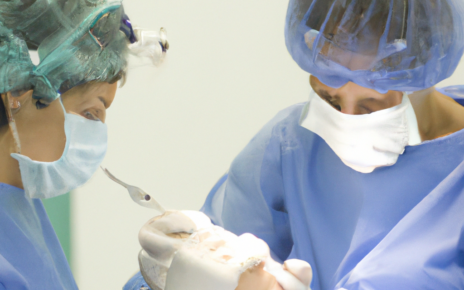In today’s fast-paced world, where long hours of sitting have become the norm, the importance of ergonomic seating cannot be overstated. Traditional chairs, although ubiquitous, often contribute to poor posture, discomfort, and even long-term health issues. However, a growing trend in ergonomic furniture design offers a promising solution: saddle seats.
Benefits of Saddle Seats
Postural Benefits
Saddle seats encourage a natural, neutral spine alignment, which helps alleviate strain on the back muscles. By positioning the pelvis forward, these seats promote an upright posture, reducing the tendency to slouch or hunch over.
Reduced Risk of Musculoskeletal Disorders
One of the most significant advantages of saddle seats is their ability to mitigate the risk of musculoskeletal disorders such as lower back pain, neck tension, and shoulder discomfort. By distributing the body’s weight evenly, saddle seats alleviate pressure points and reduce the likelihood of strain injuries.
Enhanced Circulation
The ergonomic design of saddle seats promotes better blood flow to the lower extremities, preventing numbness and tingling commonly associated with prolonged sitting. Improved circulation not only enhances comfort but also contributes to overall health and vitality.
Ergonomic Design
Saddle seats feature a unique shape that resembles a horse saddle, hence the name. This design distributes the user’s weight more evenly across the buttocks and thighs, reducing pressure on the spine and pelvis. Additionally, most saddle seats are height-adjustable, allowing users to find their optimal sitting position.
Comparative Analysis
Compared to traditional chairs, saddle seats offer distinct advantages in terms of posture support and comfort. Scientific studies have shown that individuals who use saddle seats experience less fatigue and discomfort during prolonged sitting sessions. Moreover, long-term use of saddle seats has been linked to improved spinal health and reduced incidence of chronic back pain.
Application in Different Settings
Saddle seats are versatile and can be used in various settings, including office environments, healthcare facilities, and creative workspaces. In offices, these seats promote productivity by keeping employees comfortable and focused. In healthcare settings, saddle seats are valued for their ability to support proper posture during patient consultations and procedures. Creative professionals, such as artists and designers, appreciate the freedom of movement afforded by saddle seats, allowing them to work with ease for extended periods.
Tips for Choosing the Right Saddle Seat
When selecting a saddle seat, it’s essential to consider factors such as seat height, tilt angle, and cushioning thickness. Additionally, ergonomic experts recommend trying out different models to find the one that best fits your body shape and preferences. A properly fitting saddle seat will provide optimal support and comfort, reducing the risk of strain or discomfort.
Common Myths and Misconceptions
Despite their many benefits, saddle seats are sometimes met with skepticism or misconceptions. One common concern is the perceived discomfort associated with the unique shape of these seats. However, users often find that the initial adjustment period is brief, and the long-term benefits far outweigh any temporary discomfort. Another myth is that saddle seats force an unnatural posture. In reality, these seats encourage a balanced, neutral spine alignment, promoting overall musculoskeletal health.
Real-Life Testimonials
Many individuals have experienced firsthand the transformative effects of saddle seats on their health and well-being. Users report reduced back pain, increased energy levels, and improved concentration. Employers have also observed higher productivity and fewer instances of absenteeism among employees who use saddle seats.
Future Trends
As awareness of ergonomic principles continues to grow, saddle seats are expected to become increasingly popular in both professional and domestic settings. Manufacturers are constantly innovating to create more advanced seating solutions, incorporating features such as adjustable lumbar support and built-in massage functions. With ongoing research and development, the future looks bright for saddle seats and ergonomic furniture as a whole.
Conclusion
In conclusion, saddle seats offer a scientifically backed solution to the ergonomic challenges posed by traditional chairs. With their unique design and numerous health benefits, saddle seats are a smart choice for anyone seeking improved comfort, posture, and overall well-being. By incorporating these seats into our daily lives, we can promote better health and productivity for years to come.

